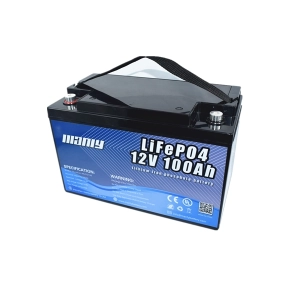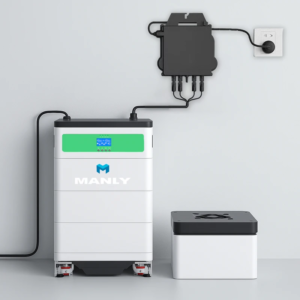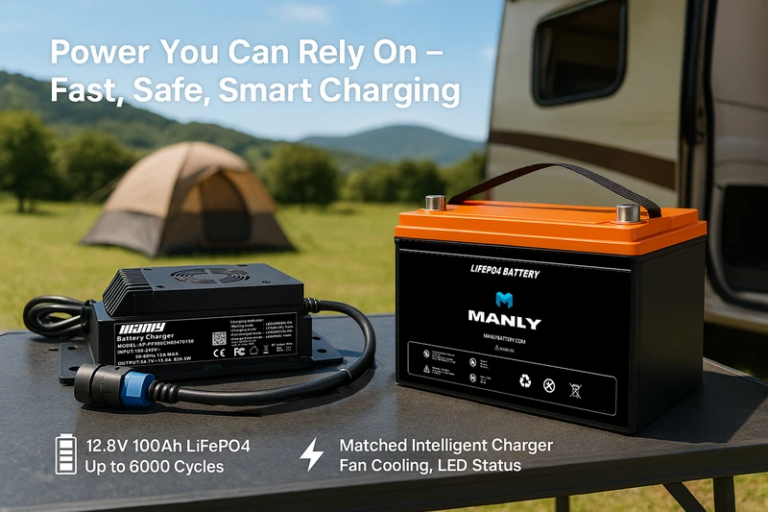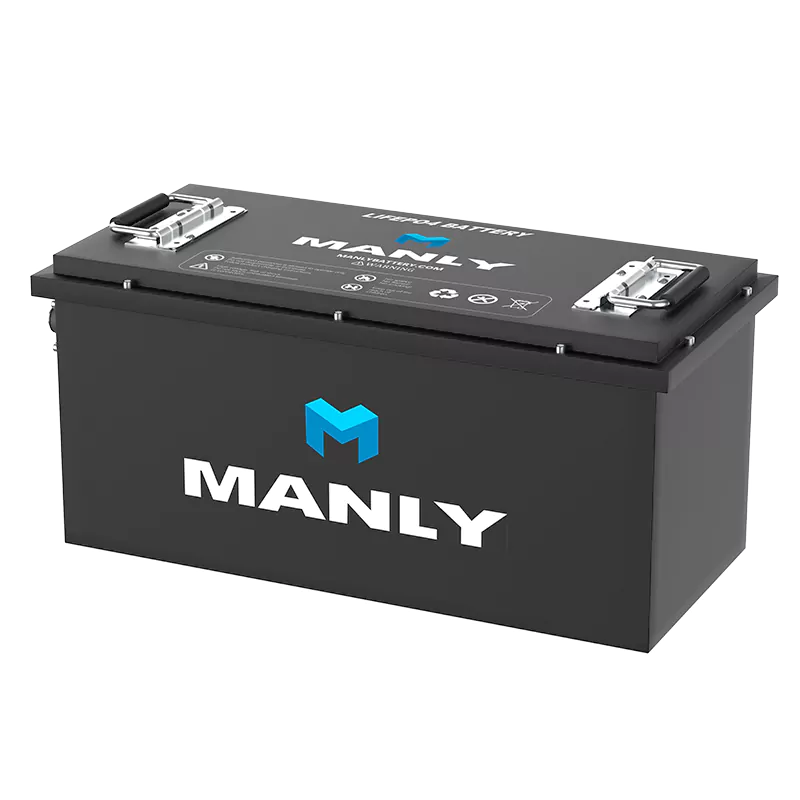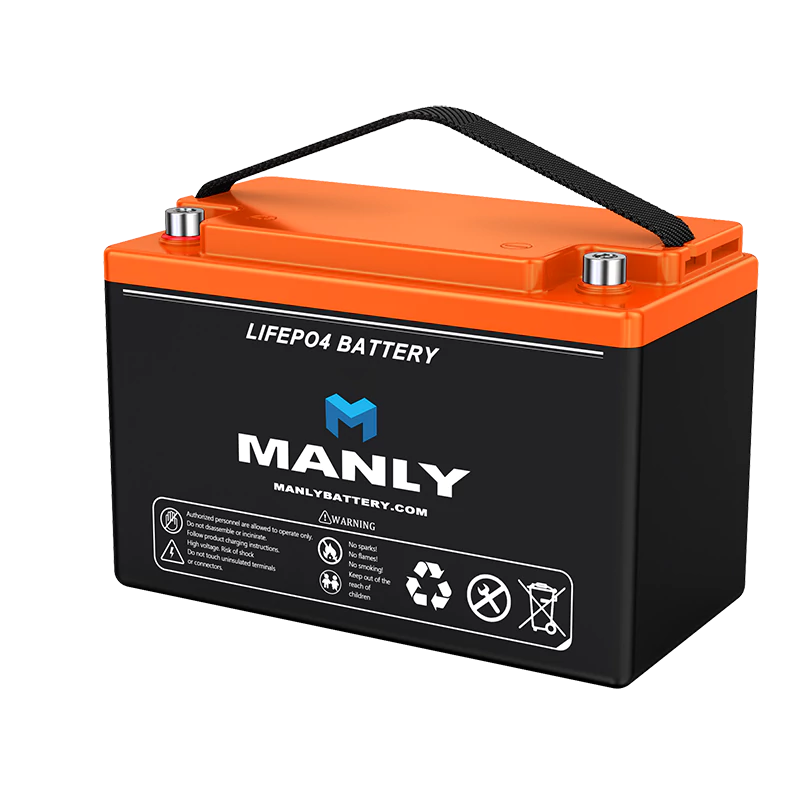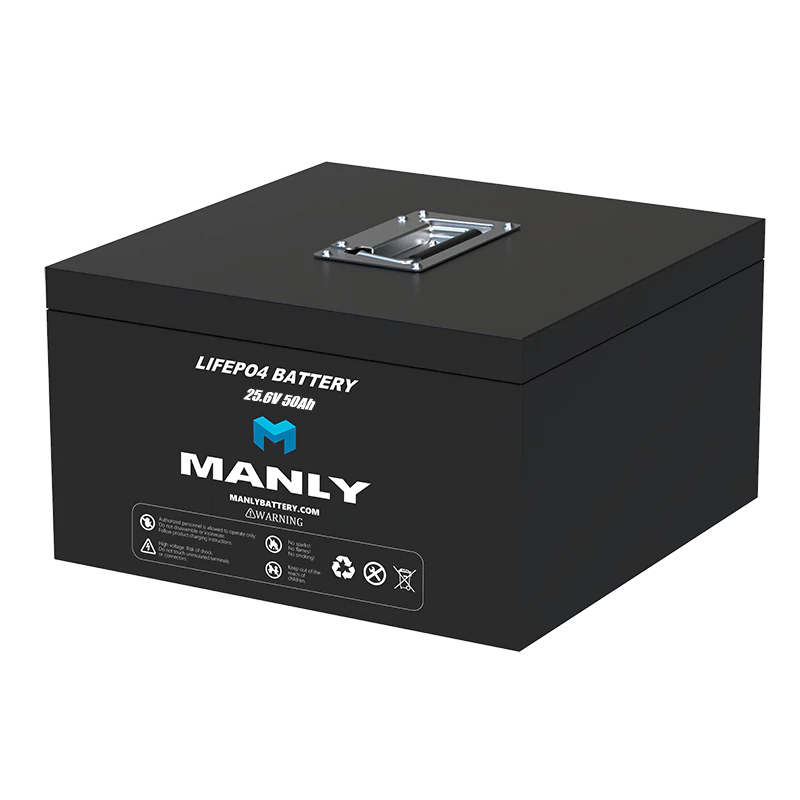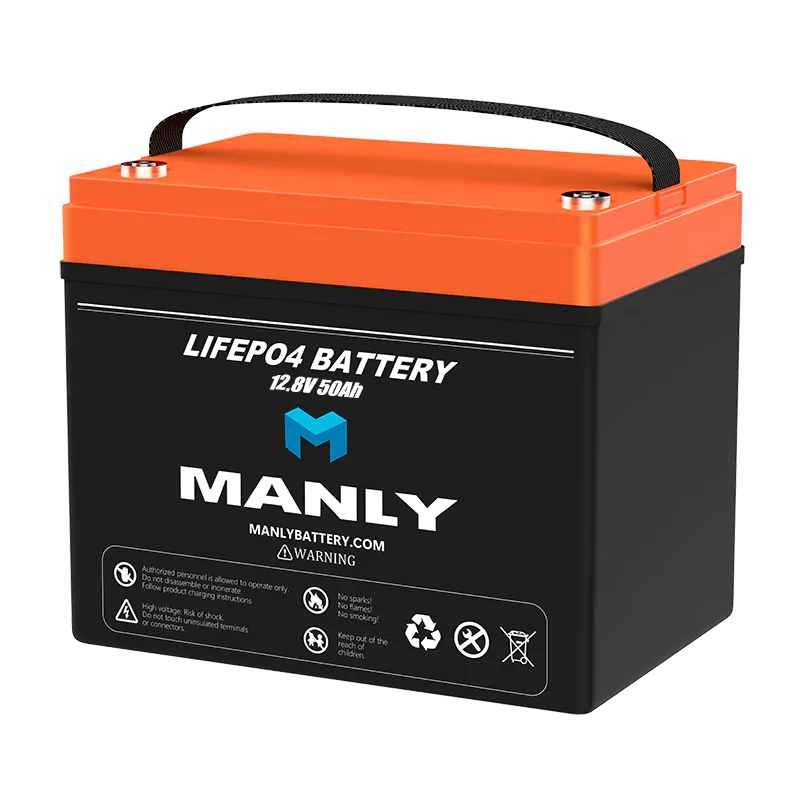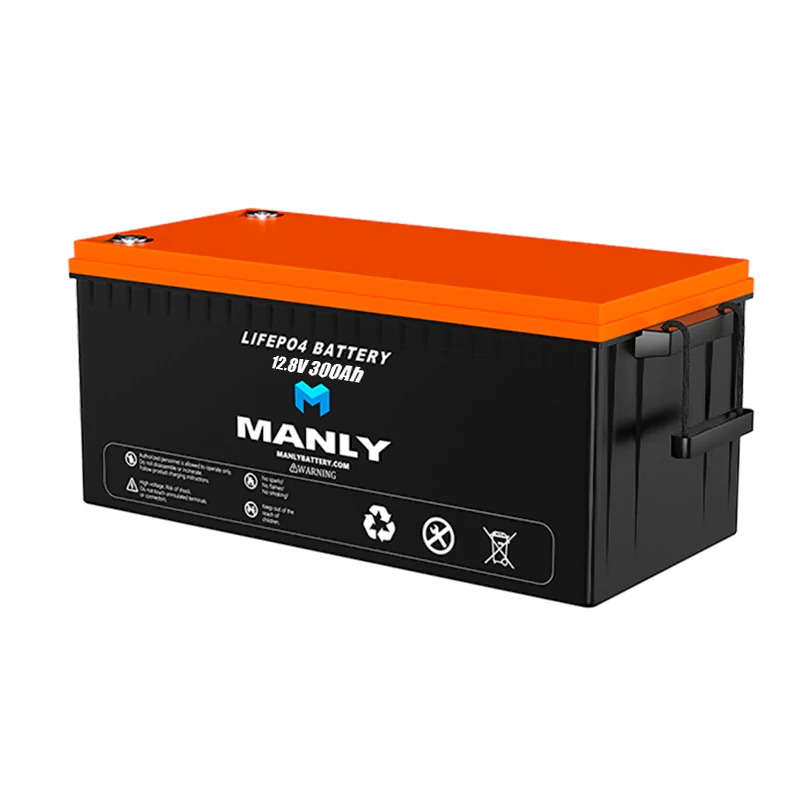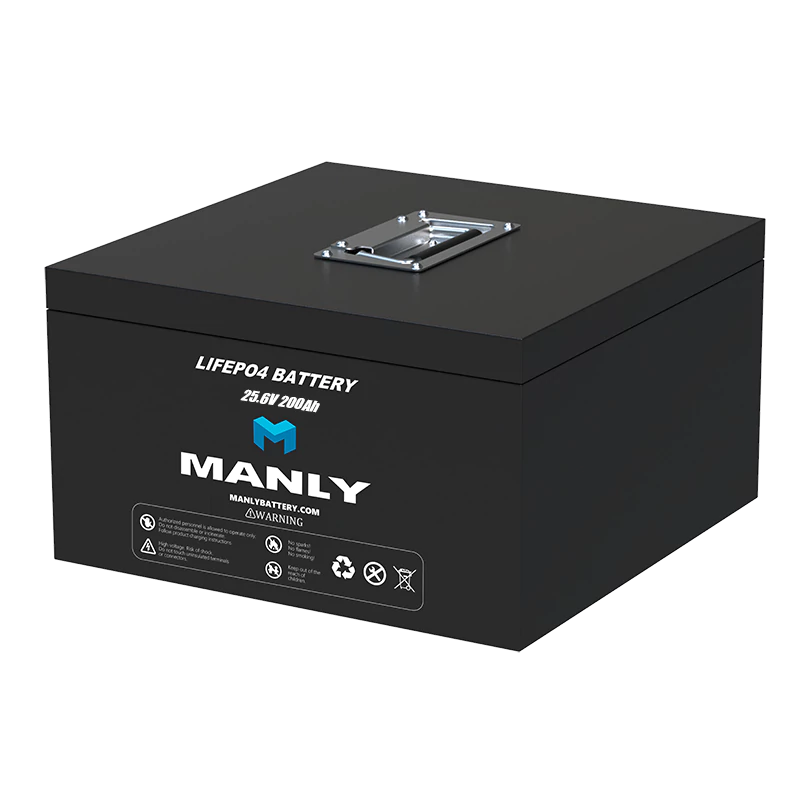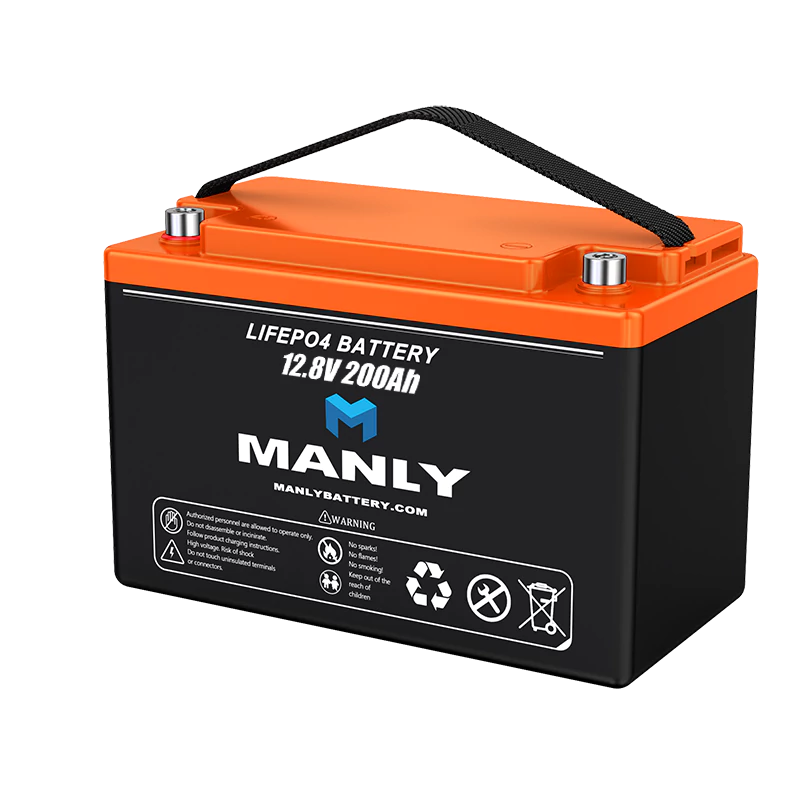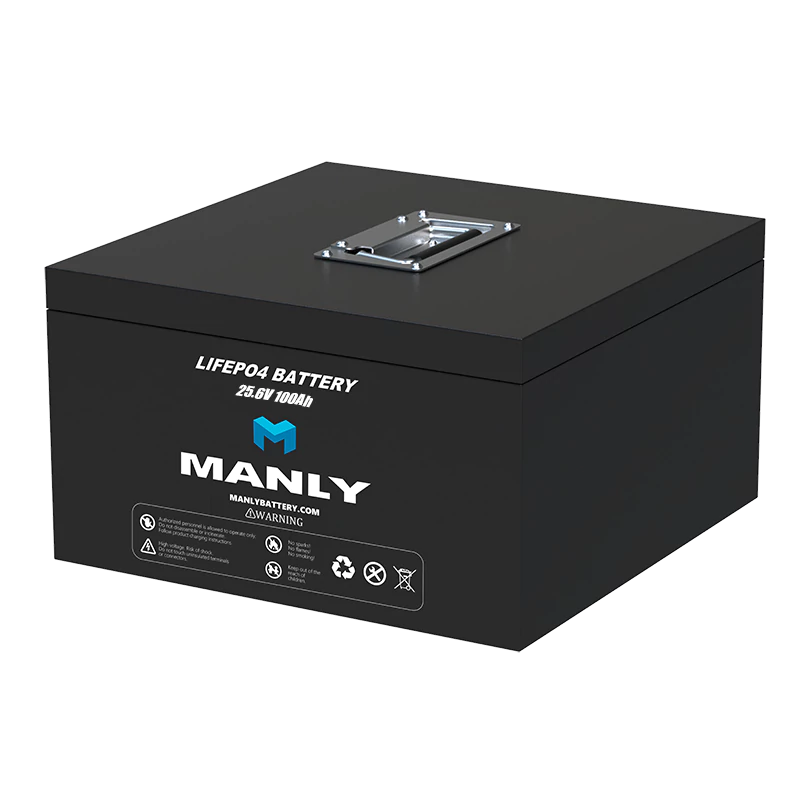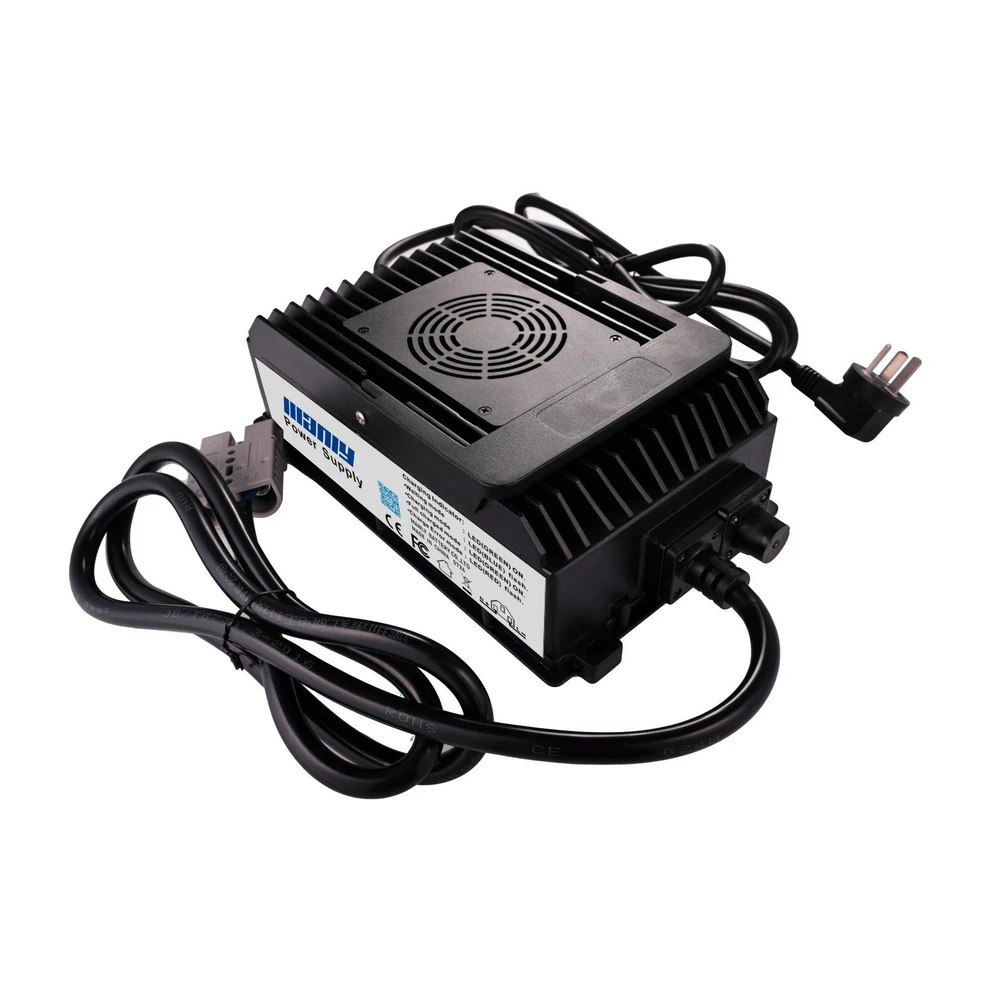Charge a Marine Battery: Step-by-Step Guide
Table of Contents
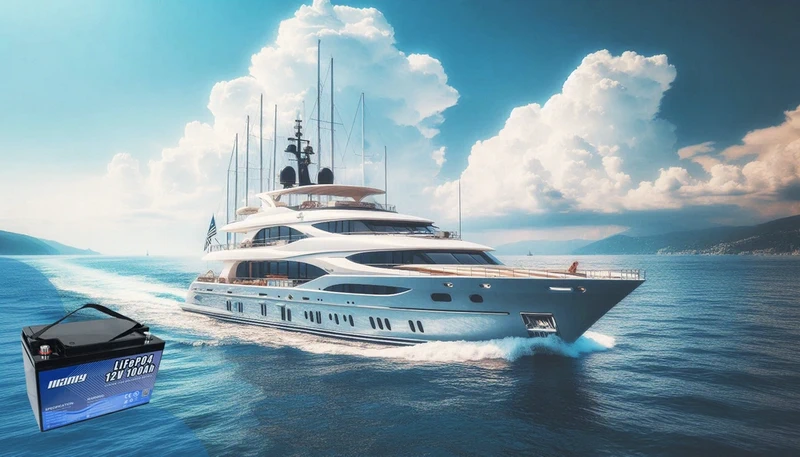
Understanding Marine Batteries
1. Types of Marine Batteries
Not all marine batteries are created equal. When it comes to powering your boat, you typically have three choices:- Starting Batteries: These provide that quick, powerful burst of energy to get your engine running, but they’re not built for long-term power.
- Deep Cycle Batteries: Designed for sustained power delivery, these batteries keep your lights, electronics, and other accessories humming for hours.
- Dual-Purpose Batteries: These offer a blend of starting and deep cycle capabilities, which can be handy on smaller vessels with limited space.
2. Battery Chemistry and Technology
Battery chemistry plays a pivotal role in performance and longevity. Traditional chemistries—like lead-acid, AGM, and gel—have long been the go-to options. However, a modern contender is changing the game: the marine li ion battery.Why choose a marine li ion battery? Because it’s lightweight, lasts significantly longer, and requires minimal maintenance compared to conventional batteries. Think of it as upgrading from an old clunker to an award-winning sports car in the world of batteries. This cutting-edge technology improves performance and enhances safety and efficiency, making it a popular choice among serious boaters.Learn more about lithium-ion battery technology on Wikipedia.Preparing to Charge Your Marine Battery
Before you begin the charging process, a little preparation goes a long way toward ensuring safety and efficiency.1. Assessing Your Battery’s Condition and Type
First, give your battery a thorough once-over. Check its age, inspect for any signs of corrosion, and verify the battery type. Understanding whether you’re dealing with a marine li ion battery or deep cycle batteries is crucial—it influences which charger to use and how you’ll maintain it. A well-maintained battery lasts longer and performs better when you charge a marine battery.2. Choosing the Right Charger
Next up is selecting the correct charger. You generally have two main options:- Onboard Chargers: Permanently installed on your boat, these chargers make it super convenient to power up as long as you have access to a standard outlet.
- Portable Chargers: These allow you to charge your battery wherever you are, which is ideal for smaller boats or when space is at a premium.
3. Safety Precautions Before Charging
Safety should always be your top priority. Here are some key precautions:- Work in a Safe Environment: Charge your battery in a well-ventilated area and ensure the temperature is within the manufacturer’s recommended range.
- Clean Battery Terminals: Dirty or corroded terminals can interfere with the charging process, so give them a good clean before you connect anything.
- Gear Up: Wear protective gear such as gloves and eye protection to prevent mishaps.
- Follow Manufacturer Guidelines: Always adhere to the specific recommendations provided by your battery and charger manufacturers.
Step-by-Step Guide: How to charge a marine battery
Let’s get into the nitty-gritty of charging your boat’s power source. Follow these steps, and you'll power up like a pro in no time!1. Cleaning and Inspecting Battery Terminals
Before you plug anything in, clean your battery terminals. Dirty or corroded terminals can prevent your charger from doing its job, and no one wants a slow charge on a hot day!- Tip: Mix some baking soda with water, scrub gently with a soft brush, and wipe dry.
- Why It Matters: Clean connections ensure that every bit of energy flows efficiently when you charge a marine battery.
2. Connecting the Charger
Now, let’s hook everything up:- Positive (Red) Cable: Firmly attach this to the positive terminal.
- Negative (Black) Cable: Connect it securely to the negative terminal.
3. Monitoring the Charging Process
Keep an eye on your battery as it charges—this is where modern tech shines:- LED Indicators: These give you a quick look at the charge level.
- Smart Apps & Timers: Many chargers have apps or built-in timers to let you know when you're full.
4. Disconnecting the Charger Safely
When your battery is fully charged, it’s time to disconnect—but do it safely:- Unplug the Charger: Always start by unplugging the charger from the wall.
- Remove the Negative Cable: Disconnect the black cable first.
- Disconnect the Positive Cable: Finally, remove the red cable.
Best Practices for Marine Battery Maintenance
Regular maintenance keeps your battery performing like a champ. Here’s how to keep those power levels up!1. Maintenance Tips for Prolonging Battery Life
- Routine Inspections: Check for any signs of corrosion or wear on the terminals.
- Clean Regularly: A little cleaning goes a long way in ensuring your connections are solid.
- Water Topping: Top up with distilled water when needed for lead-acid batteries.
2. Optimizing Charging Cycles
Different batteries have different needs:- For a marine li ion battery: Enjoy the benefits of minimal maintenance and the ability to handle deeper discharges.
- For marine deep cycle batteries: Stick to regular, shallow discharges to keep them healthy over the long haul.
3. Troubleshooting Common Issues
Even the best-maintained batteries can run into issues. Watch out for:- Overcharging: This can overheat your battery and cause damage.
- Undercharging: Leaves your battery underpowered.
- Terminal Corrosion: Hinders efficient energy transfer.


